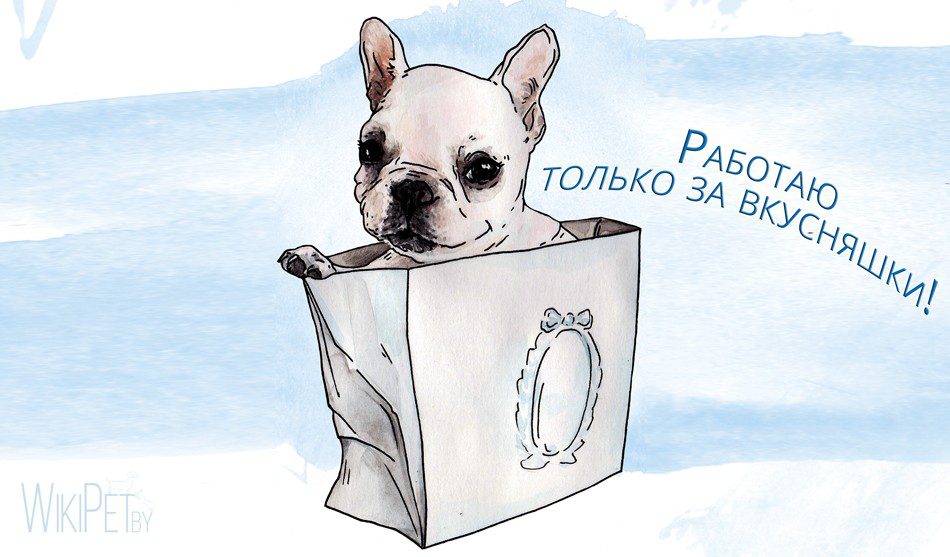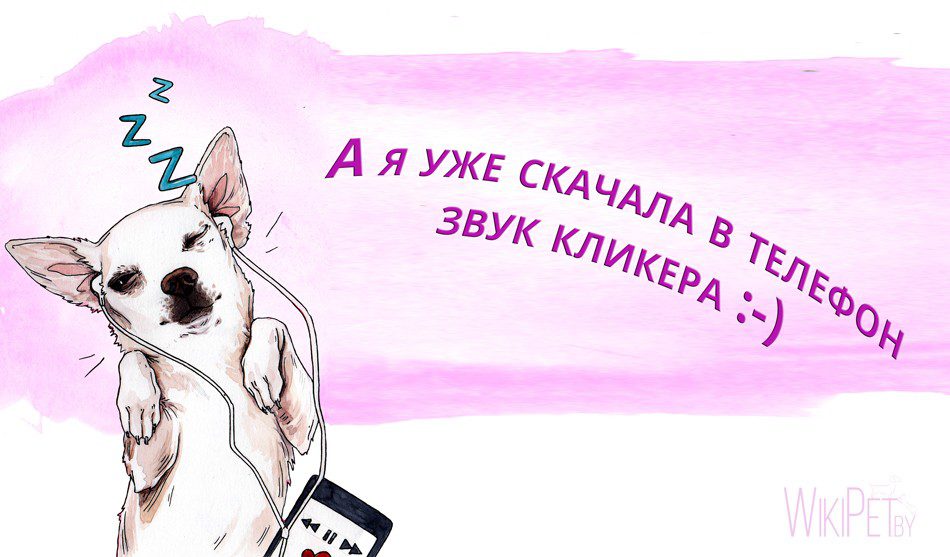
10 facts about positive reinforcement

- The correct use of positive reinforcement allows you to teach your dog anything.
- In positive reinforcement, the main thing is to notice and mark the correct actions of the dog in time.
- In positive reinforcement, don’t skimp on rewards.
- The reward should be pleasant for the dog.
- The reward is given after the marker (verbal or clicker).
- In positive reinforcement training, the dog is an active participant in the training process, not a passive “object”.
- With positive reinforcement training, the dog learns to draw conclusions, take initiative and control the situation, which means that he develops self-confidence.
- Statistics show that the skills learned by the method of positive reinforcement are fixed faster and stronger than those that are practiced by the mechanical method.
- Training a dog with positive reinforcement improves the contact of the owner with the pet and teaches them to understand each other.
- A dog trained in positive reinforcement is interested in work and looks forward to work, rather than being afraid of it.

 Do you practice positive reinforcement?
Do you practice positive reinforcement?





